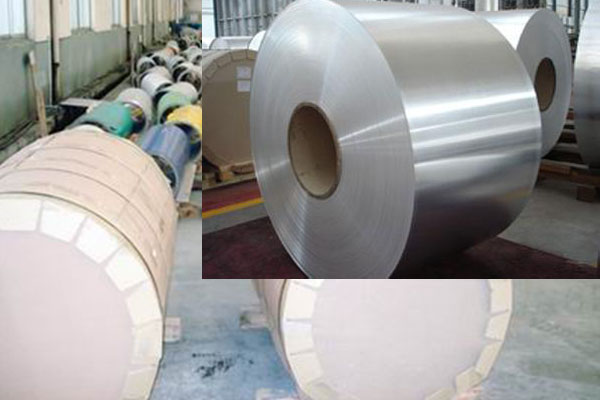Differences between aluminum coil 1050 h14 and 1100 h14
March 16, 2020
Both aluminum coil 1050 h14 and 1100 h14 are regular members of 1000 series of aluminum products, among top three groups in industrial application. The main difference between them lies in composition, which leads to further differences in mechanical and chemical properties.

1050 h14 aluminum coil contains at least 99.5% aluminium, together with 0.05% magnesium, 0.05% zinc, 0.05% manganese, 0.03% titanium, 0.05% vanadium, 0.04% iron and 2.3% other impurities. While 1100 aluminum coil has 99% aluminum, 0.45% silicon, 0.05-0.20% copper, 0.01% zinc, 0.035 manganese, 0.05 vanadium and 0.35 iron. The more aluminum a grade incorporates, the higher purity it has, and the softer it is. 1100 aluminum coil contains less aluminum yet more copper and magnesium than 1050, thus its hardness proves to be stronger. The fact that both coil rolls are of H14 temper does not influence the result of such a hardness comparison, because 1100 is naturally stronger. H14 means half soft, in comparison to the full soft state of H18.
1050 h14 coil is usually applied in areas requiring low strength and corrosion resistance, including daily necessities, lighting appliances, reflectors, decorations, chemical industry containers, heat sinks, signs, electronics, lamps, nameplates, appliances, stamping parts, etc. Harder and more corrosion resistant, 1100 h14 coil covers a wide application scope from cookware to industrial equipment, such as utensils, heat sinks, bottle caps, printing plates, building materials, deep drawing heat exchanging components and so on.


 Nydia
Nydia
 Sales Manager
Sales Manager